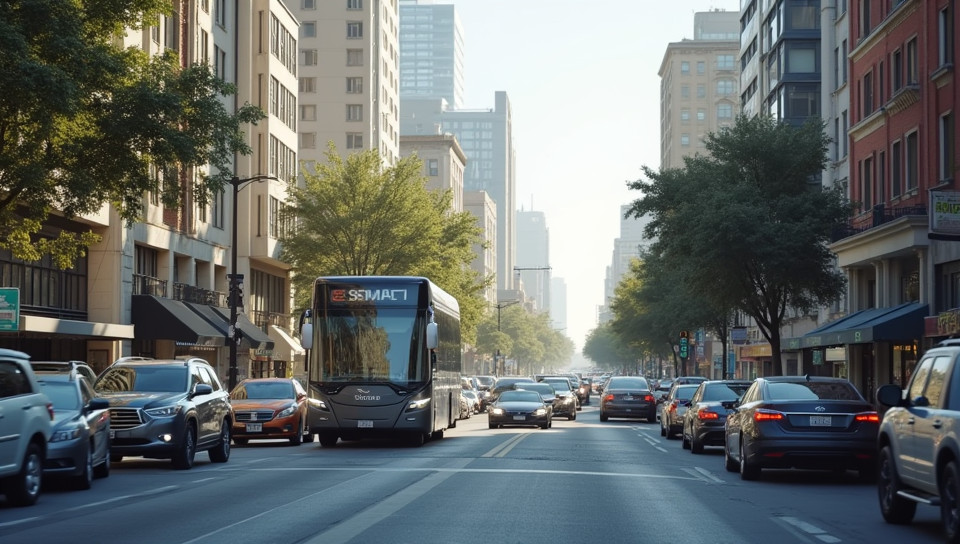Reducing vehicle numbers is not feasible for most cities 56%

Reducing Vehicle Numbers: A Pipe Dream for Most Cities?
As cities continue to grow and urbanize, the debate over reducing vehicle numbers has become increasingly contentious. While some argue that limiting car usage is essential for a sustainable future, others claim it's an unrealistic goal for most cities. In this article, we'll explore the challenges of reducing vehicle numbers and why it may not be feasible for many metropolitan areas.
The Challenges of Reducing Vehicle Numbers
Reducing vehicle numbers requires a multifaceted approach that involves changing individual behaviors, modifying urban planning policies, and investing in public transportation infrastructure. However, these changes are often met with resistance from citizens who rely on their cars for daily commutes, shopping trips, and social events.
Limited Public Transportation Options
In many cities, public transportation is inadequate or unreliable, making it difficult for residents to ditch their cars altogether. For example:
- Lack of bus frequency
- Insufficient train schedules
- Inadequate bike lanes or pedestrian infrastructure
- High costs associated with public transportation
Urban Sprawl and Low-Density Development
Cities that have grown rapidly over the years often face challenges in reducing vehicle numbers due to low-density development patterns. As a result, residents are more likely to own cars to navigate long distances between home, work, and amenities.
Economic Realities
Reducing vehicle numbers can also have economic implications for cities. For instance:
- Job losses in industries related to car manufacturing, sales, and maintenance
- Decreased tax revenue from fuel taxes and parking fees
- Potential negative impact on local businesses that rely on customer traffic generated by cars
Conclusion
While reducing vehicle numbers is an admirable goal, it's essential to acknowledge the complexities involved. Cities must weigh the benefits of reduced traffic congestion and environmental pollution against the potential economic and social costs. By understanding these challenges, cities can develop more effective strategies for promoting sustainable transportation options and improving the overall quality of life for residents.
Ultimately, a balanced approach that takes into account the unique needs and circumstances of each city is necessary to address the issue of reducing vehicle numbers.
- Created by: Xīnyí Wong
- Created at: Aug. 19, 2024, 11:04 p.m.
- ID: 7794



